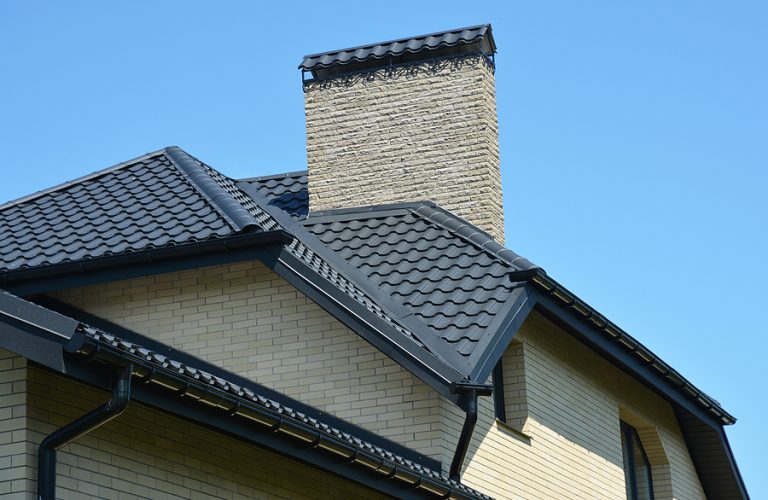All About Soffits And Fascia

Although your roof appears simple, it’s actually a complex structure composed of several parts that serve different functions. Today we’ll discuss two terms you need to know about your roof: soffit and fascia. Let’s get started.
What Is A Soffit?
The term soffit comes from the Latin word for “fastened below.” It refers to the underside of your roofing system, which is typically situated underneath the overhang between the roof and the siding. You can visualize it by imagining the roof as a triangle. The soffit is the base of that triangle.
Likewise, the soffit serves many functions on the house’s exterior:
– Ventilated or perforated soffits could improve home ventilation. This feature can be useful if you have an attic. In the hot season, your soffits can reduce your house’s temperature, preventing your shingles from getting too damaged. In the winter, soffits allow air to circulate into your home, preventing condensation.
– They are available in a variety of colors, materials, and styles to complement your home’s design. Even though soffits look inconspicuous, they are very visible. Many materials can be used to make a soffit. Choosing a material that matches the whole house will give it a smooth appearance.
– Soffits serve as a layer of protection for the house. You can disguise the rafters of your roof with soffits, giving your home a more aesthetically pleasing look. They also keep moisture and insects out of the house, preventing problems that could cause the roof to fail.
What Is The Fascia?
The transition trim between your house’s roofline and its roofline is known as the fascia. It is the board that is mounted on the outside of your house where the roof meets the walls. Additionally, it is the vertical side where the soffit connects.
Among the reasons why fascia is integral to a house are:
– It provides a solid foundation for the tile and slate lower edges.
– It supports the guttering of the house.
– Together with the soffit, it provides ventilation to the house.
– It prevents moisture from entering the roof and inside the walls of the house.
– It impacts the overall appearance of your home.
The Facts About Soffits and Fascias
Soffit and fascia are both crucial components of the roofing system. But if you want to distinguish them and know what they are, take note of the following:
– A soffit is an element of a building that covers its underside. It is the horizontal piece that covers the underside of the overhang on your roofing system.
– A fascia is a board that runs along the edges of a building where the exterior is attached. It is the horizontal piece of your roofing system covering the roof space between the soffits.
The Importance of Soffits and Fascia
Now that you know more about the differences between the soffit and fascia, let’s dig into their functions.
– An exterior soffit closes the space under the eaves beneath a house. It keeps moisture out and keeps the temperatures at home comfortable.
– The fascia on your roof acts as a barrier between its edge and the outside world. In addition to protecting the roof from weather damage, it provides a point for the gutters and drainpipes to attach to.
Do You Need Both?
The fascia of a house or roof may not always be necessary, but the soffits are. Besides leaving the rafters and eaves exposed to the elements, a home without a soffit would not appear finished. As a result, it is susceptible to problems such as wood rot, interior leaks, and mold growth. A soffit also helps keep insects, rodents, and other pests out of the attic.
How Often Do They Need Replacement?
It’s important to remember that heavy rain or storms can flood your roofing system with too much rainwater at any time (especially if you live in the Midwest!). If this happens and your gutters become clogged, it’s easy for water to leak to the fascia and soffits. When left unattended for long periods, they can grow mold and cause structural damage. When this happens, they may need to be replaced.
Check for the following signs of damage before replacing the components in question:
– Rotten wood.
– Water leakage.
– Paint peeling from the fascia and soffit.
– Discoloration on trim, siding, and soffits.
If you notice any of these signs, it is best to schedule a roof inspection immediately and replace the soffit and fascia.
Final Words
Make sure your fascia and soffits are in good shape. They are relatively small components of a house, but they play a significant role in its design and functionality. Keep these parts protected at all times and perform regular inspections on them.
We are happy to provide free estimates for your roof. Just call us at (636) 699-0449.

